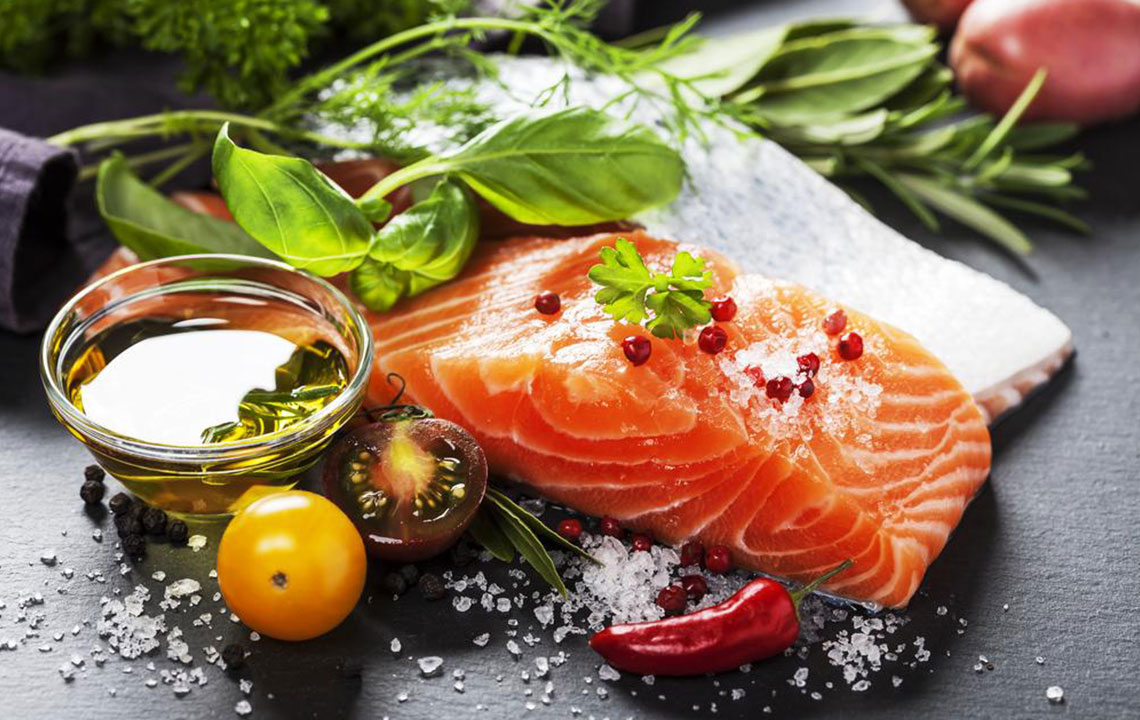Ultimate Guide to Reversing Type 2 Diabetes Naturally and Safely
This comprehensive guide explores scientifically supported strategies to reverse type 2 diabetes through lifestyle changes, weight loss, diet, exercise, and surgical options. Discover how insulin resistance can be improved naturally with practical tips and medical insights for a healthier, diabetes-free future.

Comprehensive Approach to Reversing Type 2 Diabetes
Type 2 diabetes mellitus (T2DM) has become one of the most prevalent chronic health conditions worldwide. The good news is that, with the right lifestyle changes and medical guidance, it is possible to reverse many of its effects, restore insulin sensitivity, and lead a healthier, diabetes-free life. This extensive guide explores the causes of type 2 diabetes, the role of lifestyle factors, and proven strategies to effectively turn back the clock on this condition.
Understanding Type 2 Diabetes
Type 2 diabetes primarily affects adults, often developing gradually over years. Unlike type 1 diabetes, where the body produces little or no insulin, type 2 involves insulin resistance—where the body's cells don't respond properly to insulin. Over time, the pancreas may also become less efficient in producing insulin, leading to high blood sugar levels. Left unmanaged, this condition can result in serious complications, including heart disease, kidney failure, blindness, and nerve damage.
Typically regarded as a chronic disease, type 2 diabetes requires continuous management through medication, regular monitoring, and lifestyle adjustments. Recent research, however, highlights the potential for reversal, emphasizing that blood sugar levels can be normalized, and even long-term remission achieved if key changes are implemented.
The Role of Fat and Obesity in Diabetes Development
Excess caloric consumption leads to the accumulation of fat stores, especially in the liver and abdominal area. Visceral fat, which surrounds vital organs, plays a significant role in the development of insulin resistance. The more visceral fat present, the higher the risk of progressing toward type 2 diabetes. Fat buildup can also infiltrate the pancreas, impairing beta-cell function, which is essential for insulin production.
Obesity creates a vicious cycle: increased visceral fat heightens insulin resistance, forcing the pancreas to produce more insulin to manage blood sugar. Over time, this overexertion damages the insulin-producing cells, diminishing their capacity and leading to diminished insulin levels, further exacerbating high blood sugar. Long-term, this damage affects other critical organs such as the kidneys and eyes, causing significant health concerns.
Effective Strategies for Reversing Type 2 Diabetes
While a definitive cure for diabetes is still under active research, many health professionals agree that significant improvements—sometimes complete remission—are possible, especially in early stages.
Multiple success stories underline the importance of weight loss. Shedding as little as 10-15% of body weight can dramatically improve insulin sensitivity and glucose regulation.
Weight loss reduces the body's demand for insulin and can restore the natural capacity of pancreatic cells to produce insulin effectively.
Breaking the cycle of fat accumulation and insulin resistance is crucial. Achieving this requires a combination of dietary modifications, caloric management, and physical activity.
Adopting a Low-Carb, Nutrient-Dense Diet
Lowering carbohydrate intake plays a pivotal role in managing blood sugar levels. By focusing on nutrient-dense, whole foods, individuals can improve insulin sensitivity and facilitate weight loss. Balance is key—nutritional adequacy must be maintained to prevent deficiencies.
Dietary Tips for Effective Blood Sugar Control
Choose lean proteins such as poultry, fish, eggs, and plant-based sources.
Incorporate a variety of colorful fruits and vegetables daily for fiber and antioxidants.
Opt for whole grains like brown rice, quinoa, oats, and whole wheat products instead of refined grains.
Limit intake of sugary foods, desserts, and fried fats, treating them sparingly.
Implementing Calorie-Restricted Regimens
Very low-calorie diets have been shown to significantly reduce liver fat and pancreatic fat, restoring normal insulin production. These diets should be supervised by healthcare professionals to ensure safety and effectiveness.
The Role of Regular Exercise
Physical activity is indispensable in reversing insulin resistance. Consistent exercise enhances muscle glucose uptake, burns calories, and helps maintain a healthy weight. Recommendations include:
Start gradually, aiming for 150–300 minutes of moderate activity weekly.
Engage in activities you enjoy, such as brisk walking, cycling, swimming, or dancing.
Keep your heart rate elevated but within a comfortable range.
Incorporate strength training twice a week to build muscle mass and improve metabolism.
Consideration of Surgical Options
For individuals with severe obesity, bariatric surgery can provide significant benefits in diabetes remission. Procedures like gastric bypass or sleeve gastrectomy reduce stomach size and alter gut hormones, leading to rapid improvements in blood sugar control and sustained weight loss.
While effective, bariatric surgery is typically reserved for cases where lifestyle interventions have failed. Potential drawbacks include surgical risks, nutritional deficiencies, and the necessity for lifelong follow-up and dietary adjustments.
Ultimately, comprehensive management combining diet, exercise, and medical supervision can make reversal of type 2 diabetes a realistic goal for many. Early diagnosis and proactive lifestyle changes are crucial for long-term success. Empower yourself with knowledge, make informed decisions, and take control of your health today.





